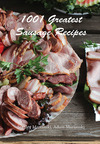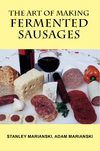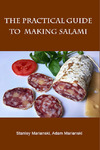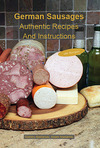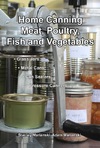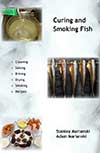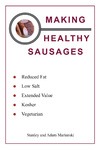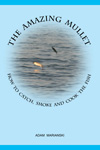Meats and Sausages
Sulz-Austrian
Sulz is officially recognized as a native product in Austrian Food Register - Österreichischen Lebensmittelbuch Codexxkapitel /B 14/Fleisch und Fleischereugnisse/Kochwürste/Sulzwürste/Sorte 3. It comes in 3 variants: Sulz, Haussulz (homemade sulz) and Geflügelsulz (poultry sulz).
Sulz is a pork specialty that is cooked in forms, then eaten cold. Sulz is a healthy dish, it contains little meat and its fat content is only around 5%.
| Materials | Metric | US |
|---|---|---|
| Pork head meat with skin, skins, meat trimmings | 300 g | 0.66 lb |
| Aspic (from meat stock) or commercial gelatin | 500 g | 1.1 lb |
| Everything else - vegetables, boiled eggs | 200 g | 0.44 lb |
Ingredients per 1000g (1 kg) of materials
| Salt | to taste | |
| Cure #1 (if red color needed) | 2.5 g | 1/2 tsp |
| Whole pepper berries | 6 | |
| Allspice, whole | 2 | |
| Bay leaf, whole | 2 | |
| Onion, halved | 90 g | 1 medium |
| Vinegar | 30 ml | 1 oz fl |
Instructions
- Boil soup vegetables (if used) in 3-4 parts of water for 20 minutes. Drain vegetables and add the liquid to meats.
- Cook all meats in a little water (below boiling point) until soft. Separate meat from bones when still warm. In home production meat is usually not ground. Save meat stock for aspic. Mix all ingredients together.
- Place ingredients in a suitable container, arrange vegetables and carefully pour the hot meat stock which will become aspic (jelly) when it solidifies. Let it cool at room temperature and then refrigerate.
Notes
Sulz is served cold, with vinegar or lemon juice.
If stuffed into casings, sulz becomes sulz-head cheese sausage.
About 10% of natural aspic (meat stock) is added. In home production meat is usually not cured. Commercial processors almost always cure meat. Commercial processor also used commercial gelatin and not natural aspic.
If stuffed into casings, sulz becomes sulz-head cheese sausage.
About 10% of natural aspic (meat stock) is added. In home production meat is usually not cured. Commercial processors almost always cure meat. Commercial processor also used commercial gelatin and not natural aspic.




